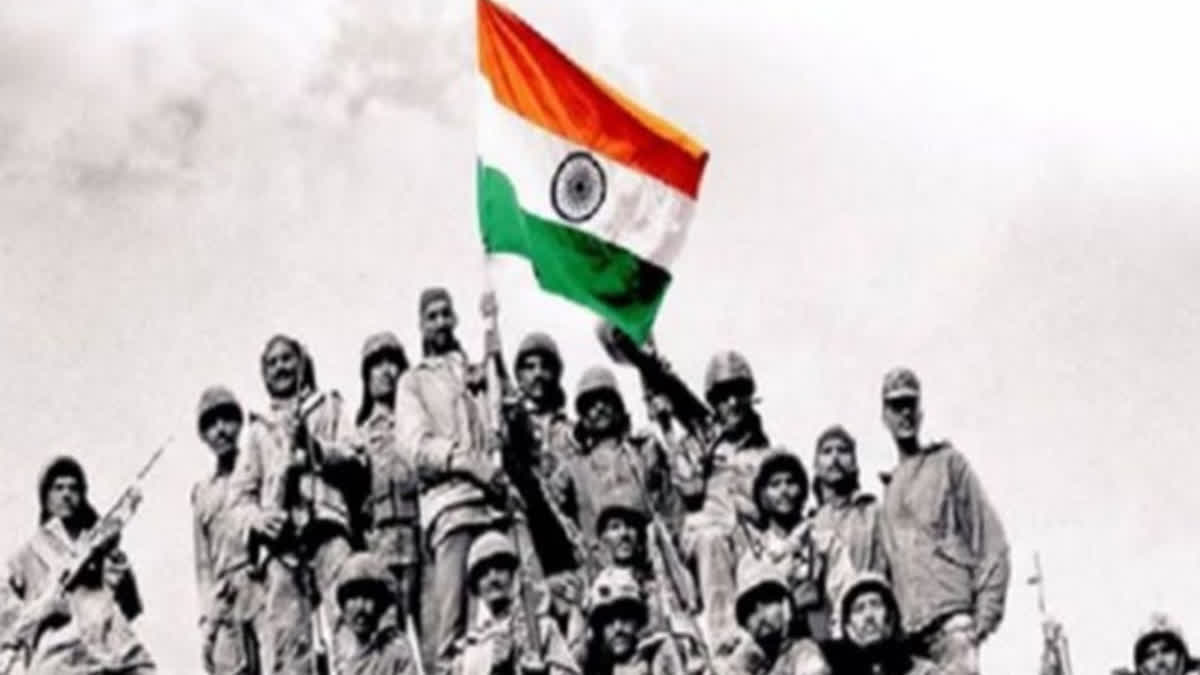Hyderabad: As the country observes the 25th anniversary of the Kargil Vijay Diwas to celebrate the victory over Pakistan, here is how Pakistan planned the war and its strategic implications.
The Gang of Four Generals: The infamous gang of four generals planned whole operation in secrecy including Pakistan’s army chief, General Pervez Musharraf; the Chief of General Staff (CGS) Lt. General Aziz Khan, Corp commander of X corps, Lt General Mahmud, and the commander, Force Command Northern Areas (FCNA), Major General Javed Hasan - planned Operation in complete secrecy.
The planning and aims and strategic objectives
Captain Amarinder Singh, former Indian Army officer and now the Chief Minister of Punjab, wrote in his book, A Ridge Too Far, that the idea of invading India originated in a 1980s Pakistani war-game.
The plans for the Kargil operations had been suggested by the Pak army brass first to then Pakistani president Zia in the 1980s and then to the other Pakistani PM Benazir Bhutto in the 1990s, but they both refused to go along with it considering it too dangerous.
Amarinder noted that after India conducted Operation Brasstacks in 1986, the Pakistani Army developed a war-game called Operation Tupac. This particular war-game ran a simulation scenario, looking at the different possibilities in case Pakistan invaded India.
About a decade later, in 1998, once Gen. Pervez Musharraf became Pakistan’s Chief of Army Staff, he took up Operation Tupac and decided to implement it.
Pakistan sensing that it was losing in its nefarious designs in the valley, Pakistan refined the "operation Topac" initially conceived when Gen Musharaff was the DGMO and relaunched as Operation Badr when Musharaff became the chief of Army staff.
Three possible political aims
01) The political climate in India was perceived to be unstable in early 1999 and assumed that a major reaction would be impossible from India side.
02) Was to create a situation which would enable Pakistan to negotiate from strength by securing the large tracts of Indian territory across the LOC.
03) By launching a military operation the opportunity was ripe to internationalise the Kashmir Issue.
04) The nuclear backdrop : Because the Both Nations had tested the weapon Pakistan thought this gave an opportunity to resort to limited offensive with minimal risk and with the nuclear back drop the international community would intervene, by the time Pakistan would have achieved its objectives.
Military aims
1) Pakistan aimed to initiate the operation in areas where she would be offered least resistance and a minimal response.
2) Altering the status quo of Loc for strategic and territorial gains, along with reviving the insurgency in the valley, isolating Ladakh sector from Srinagar.
3)Pakistani troops would interdict and block NH-1, the lifeline of Indian troops based in Leh. A panicked India would then turn to the international community. This would lead to negotiations on Kashmir, or at least to India vacating the Siachen glacier it had occupied in 1984.



